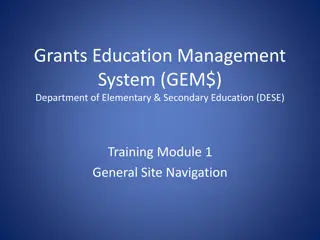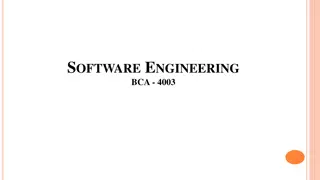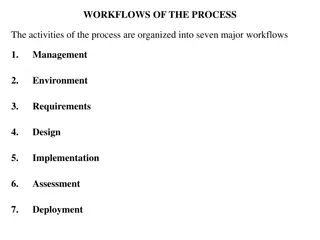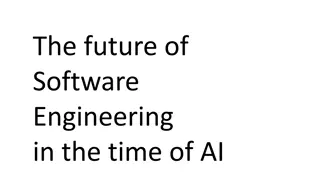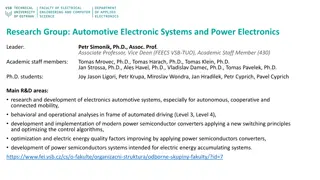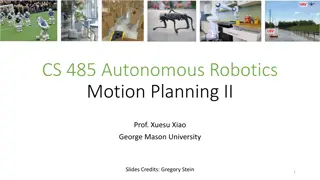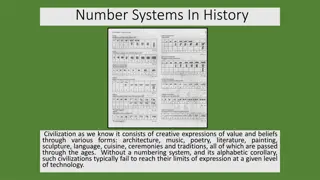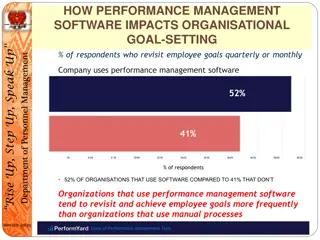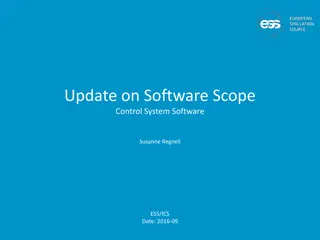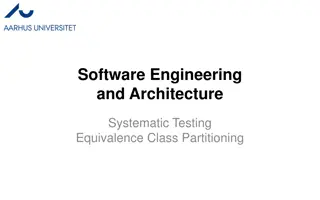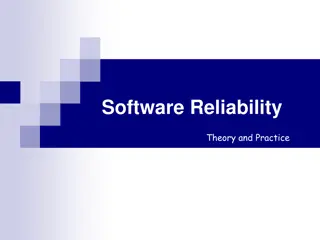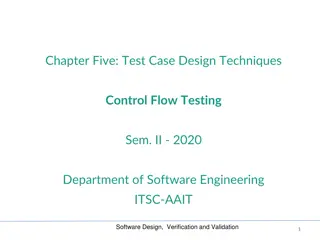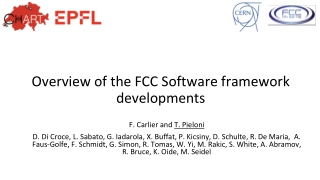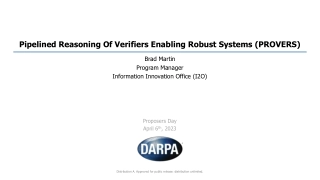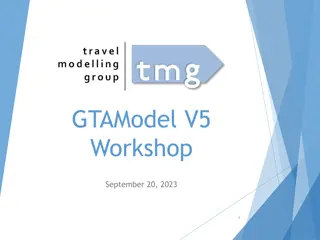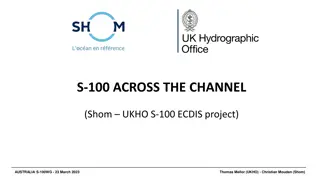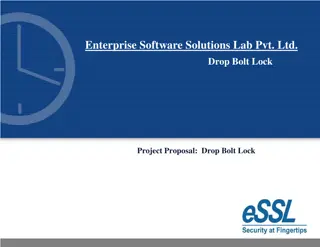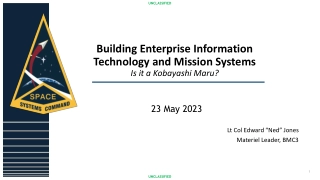
Future of Autonomous Systems: Spotlight on Autonomous Navigation Software Market
The Global Autonomous Navigation Software Market was valued at $3.15 billion in 2022, and it is expected to be $5.68 billion by 2033 at a compound annual growth rate (CAGR) of 5.64% during the forecast period 2023-2033.
- Future of Autonomous Systems Market
- Future of Autonomous Systems Market Growth
- Future of Autonomous Systems Industry
- Future of Autonomous Systems Market Report
- Future of Autonomous Systems Market Research
- Innovation
- Technology
- BIS Research
Uploaded on | 0 Views
Download Presentation
Please find below an Image/Link to download the presentation.
The content on the website is provided AS IS for your information and personal use only. It may not be sold, licensed, or shared on other websites without obtaining consent from the author. Download presentation by click this link. If you encounter any issues during the download, it is possible that the publisher has removed the file from their server.
Presentation Transcript
The Future of Autonomous Systems: Spotlight on the Autonomous Navigation Software Market REQUEST NOW (an Updated version) of the report on Autonomous Navigation Software Market Research. The advent of autonomous systems is redefining various industries, with autonomous navigation software playing a crucial role in this transformation. These software solutions enable machines and vehicles to navigate complex environments with minimal human intervention, relying on advanced technologies such as Artificial Intelligence (AI), Machine Learning (ML), and Sensor Fusion. As the demand for automation and precision continues to grow, the autonomous navigation software market is poised for significant expansion. According to BIS Research, the Global Autonomous Navigation Software Market was valued at $3.15 billion in 2022, and it is expected to be $5.68 billion by 2033 at a compound annual growth rate (CAGR) of 5.64% during the forecast period 2023-2033. Understanding Autonomous Navigation Software Autonomous Navigation Software encompasses a suite of algorithms and technologies that allow machines to perceive their environment, make decisions, and move autonomously. Key components include: Perception Systems: Utilize sensors like LIDAR, radar, and cameras to gather real-time data about the surrounding environment. Localization: Algorithms that determine the precise location of the autonomous system within its environment.
Path Planning: Software that calculates the optimal route from the current location to the destination, considering obstacles and dynamic changes. Control Systems: Manage the movement of the autonomous system to follow the planned path accurately. Decision-Making: AI and machine learning algorithms that enable the system to make informed decisions based on sensory inputs and predefined rules. Don't stay behind in the market. Request NOW (an Updated version) of the report on Autonomous Navigation Software Market Research. Autonomous Navigation Software Industry Segmentation Segmentation by Application: Logistics and Warehouse Management Automated Manufacturing Surveillance and Inspection Agriculture Mobility Segmentation by Platform: Autonomous Vehicle (Trucks/Buses/Vans) Unmanned Aerial Vehicle (UAV) Unmanned Underwater Vehicle (UUV) Unmanned Surface Vehicle (USV) Autonomous Mobile Robot Collaborative Robot (Cobot) Humanoid Segmentation by Software Technology: Visual SLAM LiDAR SLAM Neuromorphic Chip Natural Intelligence Segmentation by Region: North America Europe Asia-Pacific Rest-of-the-World Future Market Challenges and Opportunities Challenges: Safety and Reliability: Ensuring the safety and reliability of autonomous systems is paramount, requiring rigorous testing and validation. Regulatory and Ethical Issues: Developing appropriate regulations and addressing ethical concerns related to autonomy and AI. High Development Costs: The development and deployment of advanced navigation software can be expensive, necessitating substantial investment.
Integration with Existing Systems: Ensuring seamless integration with existing infrastructure and systems can be complex. Opportunities: Expansion into New Industries: Autonomous navigation software can be applied to a wide range of industries beyond automotive, such as healthcare and retail. Advancements in AI and ML: Continued innovation in AI and Machine Learning (ML) will enhance the capabilities of navigation software. Collaboration and Partnerships: Strategic partnerships between technology companies, OEMs, and research institutions will drive innovation and market growth. Emerging Markets: Developing regions with improving infrastructure present significant growth opportunities for autonomous navigation solutions. Conclusion The Global Autonomous Navigation Software Industry is at the forefront of the technological revolution, transforming various industries by enabling machines to navigate complex environments autonomously. As technological advancements continue to enhance the capabilities and reliability of these systems, and as demand for automation and precision grows, the market is set to expand significantly.













